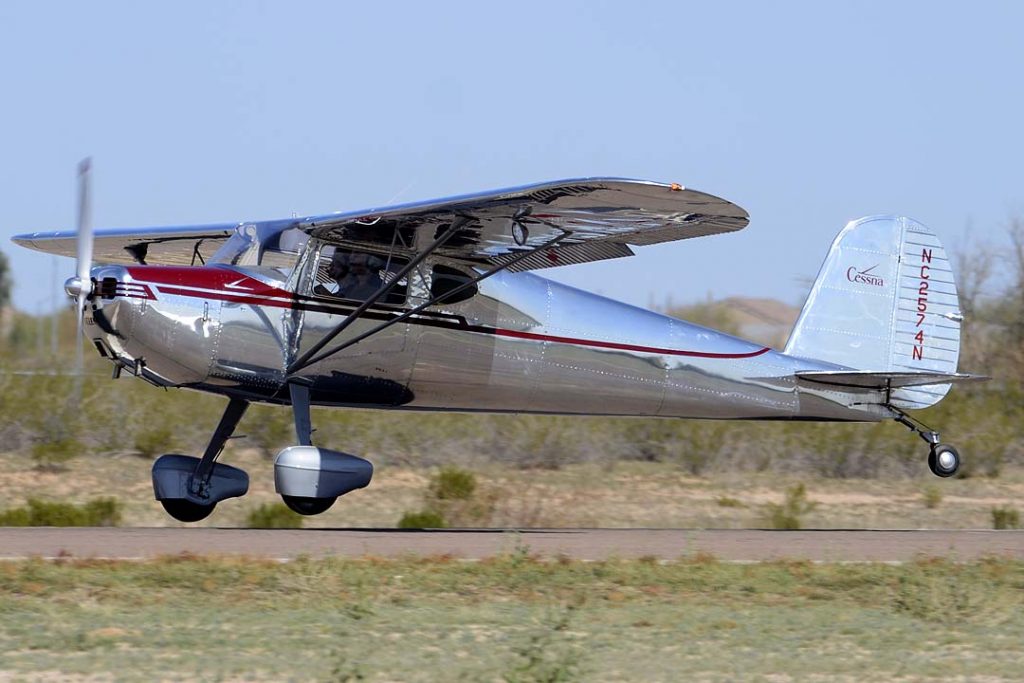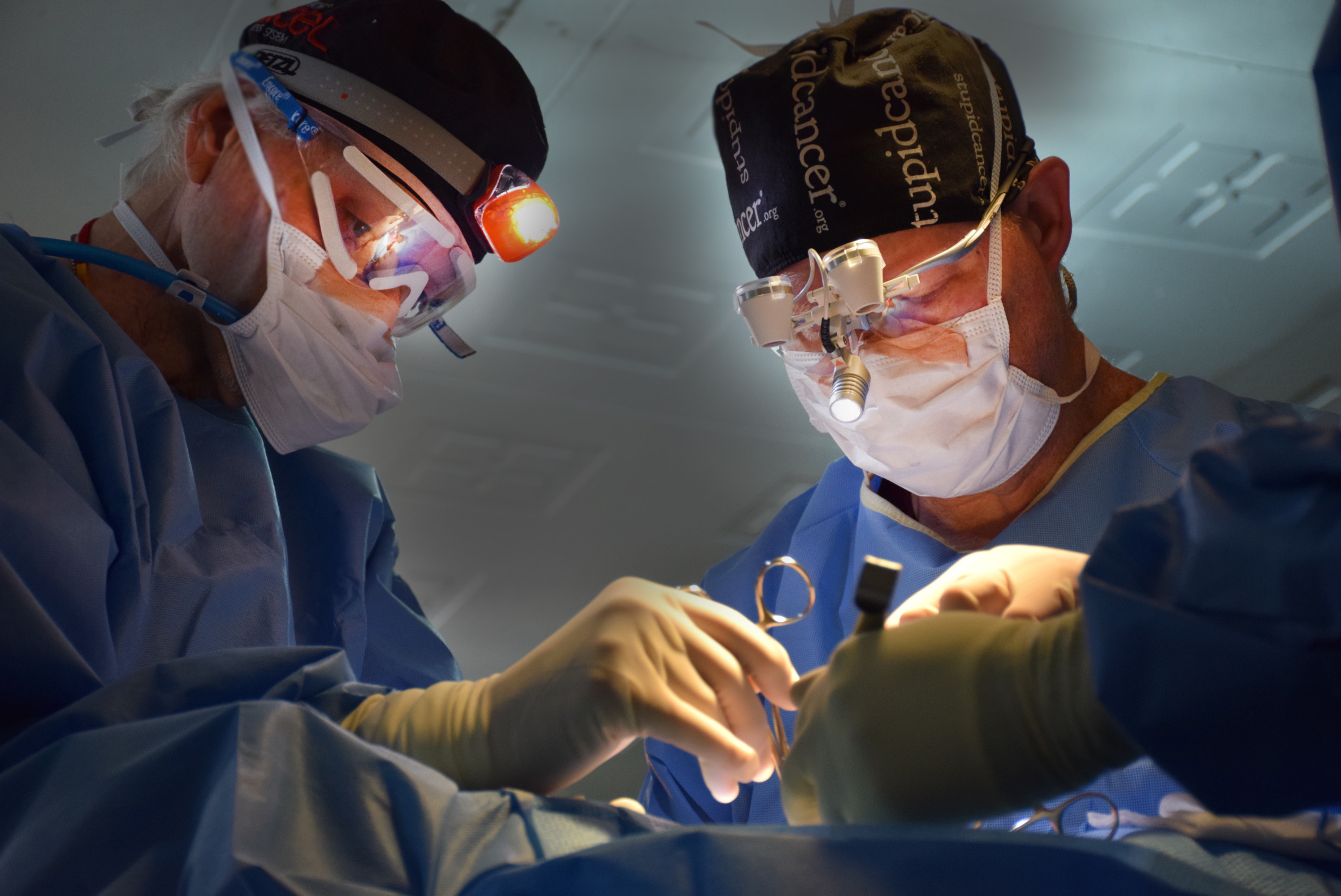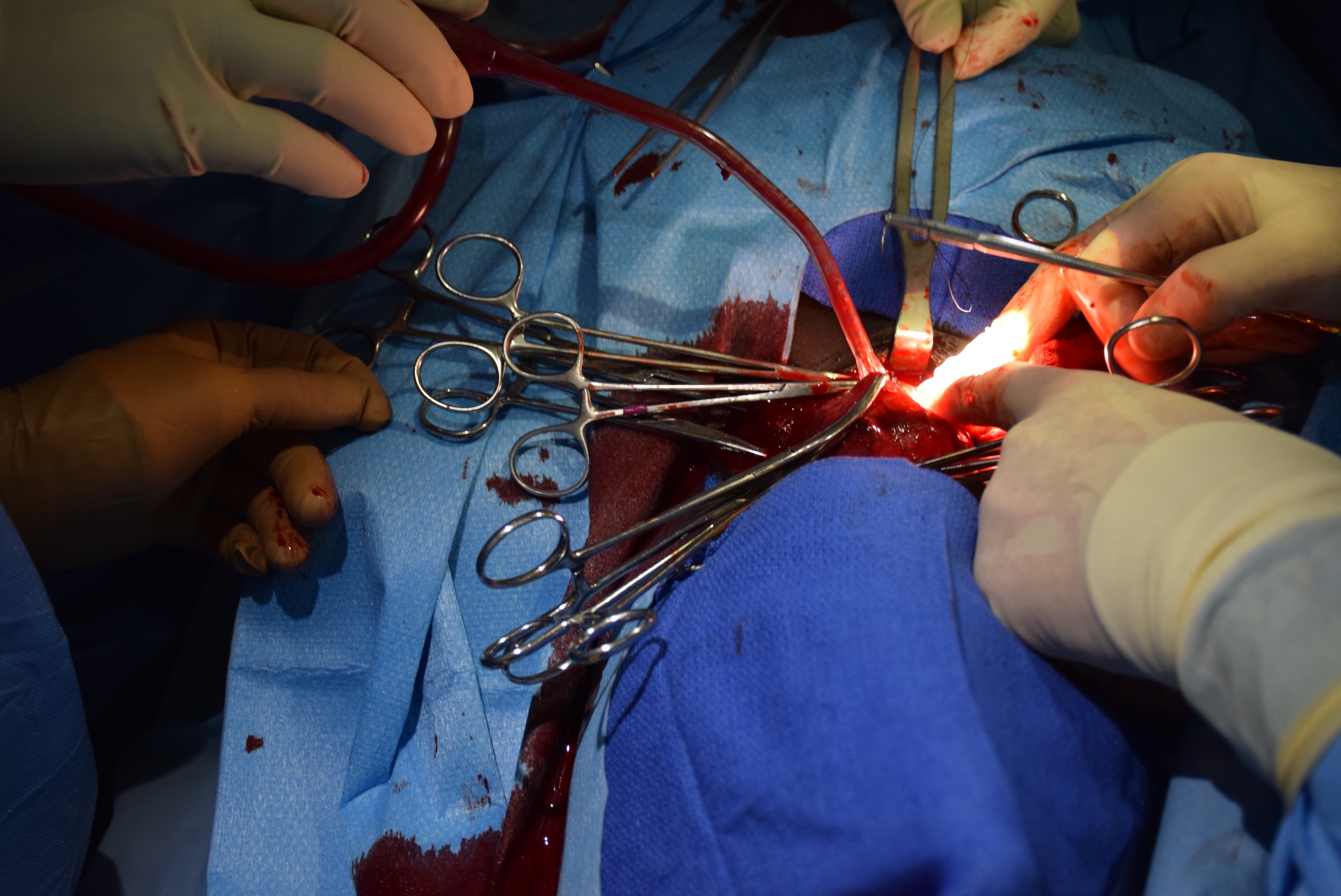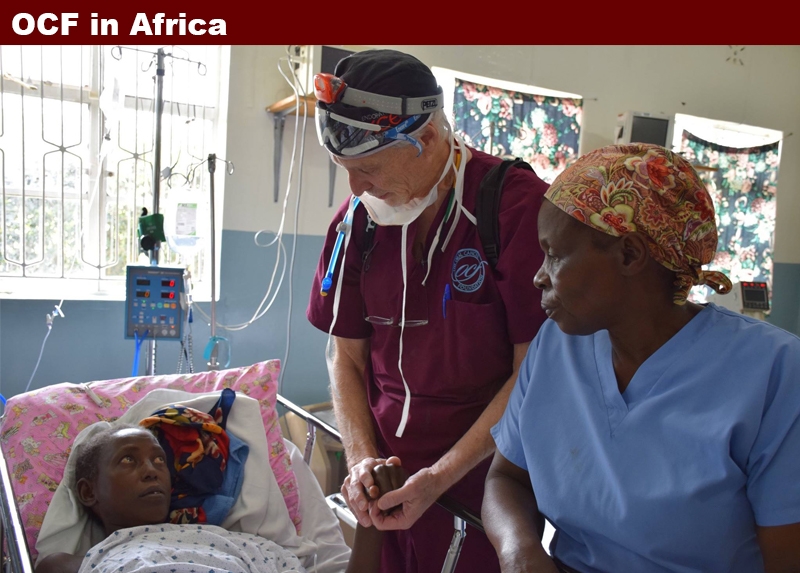It is important to understand what makes a great instructor. Throughout my life I have either taught or have been taught things where a lack of precision and mastery has wildly severe consequence. Out of many, two that illustrate what I need to say about my surgical experience in Africa have distinct parallels, instructing SCUBA diving, particularly deep water and wreck diving, and flight instruction, specifically flight in tail wheel designed aircraft and aerobatics. As an instructor or student of either, the “relationship” between the student and the person with the experience that needs to be imparted is crucial. It is for sure about facts, techniques, and the obvious. But there is much more to it. The instructor needs to possess a mastery of not just the task at hand, but of all the things that can go sideways at the wrong moment. That person has to be completely comfortable and able to salvage the worst of situations before they get out of hand, but the dichotomy of it all; is that they must do so in a manner that allows the student to learn what the edge of loss of control feels like. Allowing a student to travel to that experience over and over safely is what builds not only skills, but equally as important, confidence. Feel is a multifaceted term, but there is definitely a feel associated with things going wrong that precedes the ultimate problem. An instructor who allows the student to build confidence as they touch the edge of control, a place where a stay of a second or two longer likely means that the loss of control is irreversible; over and over and over, until being on the precipice is something that the student recognizes quickly, and secondarily has as many times practiced the appropriate mechanism (out of many possibilities) for getting themselves out of the situation, is too often a rarity. The solution/lesson/technique is something when accomplished successfully enough times through this exploration of the “edge of control” experience, that it has now become a second nature physical reaction; one not requiring a great deal of analysis and thought/time when seconds count and the appropriate decision MUST be made. Without this component, the student gains knowledge, but never mastery, and seldom confidence. They must be comfortable existing on the edge of control, and they must anticipate and feel its approach. Great instructors understand this, and are not uncomfortable with 1. realizing the student is starting to make a mistake, then 2. resisting the urge to immediately correct him/her, then 3. letting the mistake cascade into a much more difficult situation which is harder to recover from, and then 4. when the student fails to process it all and make the proper corrections in time – AT THAT LAST MOMENT BEFORE THE SITUATION IS UNSALVAGABLE – 5. take control of the situation and put life back on the right course. That kind of instructor not only has the skills, but the mentality to build great pilots, surgeons, etc. Imparting where the edge of control is does not happen through the reading of books, listening to lectures… it only happens -hands on- under the supervision of a master instructor to whom the edge of control is just another component of their daily life.
So here is a typical example from aviation. Landing a tail wheel designed airplane, is not hard, but there are a lot of moving parts and things/variables that can make it a significant challenge. I am not going to go into every nuance, but just enough so that you get the idea of the necessary instructor’s mental state and skills, and what has to take place to impart something that cannot be said in words, or learned from a book. The student is descending towards the end of the runway by reducing power, and counterintuitively raising the nose of the plane also, causing it to fly progressively slower. Too slow and it stalls, spins out of control, and augers into the ground; too fast and you run out of runway. The student needs to touchdown and hit a certain spot, at a certain speed. This is the simple part of the problem. But factors that are variable make this rather simple part of doing it all sometimes more difficult. For instance, the wind is not blowing down the runway but from the side, pushing him off of his trajectory to the end of the runway. The solution is relatively simple. The student lowers the wing of the plane into the oncoming wind with the stick (ailerons) to counteract the force of the wind. However, while that is effective at stopping the sideways drift, at the same time in essence he is turning the aircraft and it is no longer aligned with the runway. So he uses his feet on the rudder pedals to get the ass end of the plane back where it should be and heading towards the numbers by putting opposite rudder input in. So with the stick he is turning right, with his feet on the rudders he is turning it left…. He may be crabbing or slipping towards the ground, but he is realigned with the runway. There are various complications of the idea particularly when the wind is not constant, requiring removal of control inputs and reapplication of them to different degrees as mother nature has her way. While he is doing this he must with throttle and nose pitch keep the airspeed at a certain speed, making small adjustments in each, adding one more complication to the problem. This is so far the easy part.
Assuming all goes as planned and the wind is constant, he reaches the numbers at the right airspeed, with the plane lined up straight down the runway, but of course because of his control inputs the plane is going to touch down with one side wheel first, and when things have slowed down enough the other will fall onto the ground as well. All the while the wind is still blowing from the side (Only from one side if you are lucky. In Idaho it can change sides and intensity abruptly, and windsocks on a runway can all be pointed in different directions all at the same time.) and still influencing the aircraft and making it track down the center of the runway a dance of control inputs. This is where things get interesting. Because the plane is still being influenced by the wind, it does not naturally track straight down the runway, requiring a continuation of many adjustments in his stick and rudder inputs. Pretty soon if not used to all this, the pilot reaches a point at which the tail end of the plane wants to drift off the centerline to one side or the other. This is the very beginning of the infamous ground loop that has balled up many an aircraft over the years. Once that tail end of the plane starts its track off to one side it will eventually reach a point where the inertia of it all prevents stopping it; and the plane literally wants to swap ends, front for rear, while running down the runway…. You can imagine what that pile of parts that used to be an airplane looks like.

There is a lot of visual and sensory input available while this whole process is getting out of control. The instructor in the back seat, long before things got crazy, realized and was cognizant that the plane was not aligned properly. He didn’t make physical corrections himself, but calmly, while things were escalating out of control, verbally told the student what was happening and eventually verbally helping him decide what the proper corrections / inputs were necessary to keep catastrophe from the student’s world. But in the beginning of the learning process, the student frequently fails to process the information or react fast enough, and the situation worsens. Finally, there is a place where the ass end of the plane is starting to get far enough to one side that it is on the verge of becoming uncontrollable and the plane is about to swap ends front to rear while rolling down the runway. THE STUDENT NEEDS TO FEEL THAT SENSATION IN THE SEAT OF HIS PANTS. He needs to recognize the edge of the point of no return. Take the controls away from him too early, and he never really learns it, as it is both sensory and visual. So a great instructor is comfortable living right on the edge, and only when the student is really within seconds of losing it completely does he jump in, and in a non verbal manner, take control back. Eventually the student sees it coming, feels it physically early in the process, and understands the necessary solutions, and he has mastery of the problem when he implements them. There is a lot of repetition here to develop this intuitive “feel,” and flight instructors have the patience of Job if they are good ones. But there is defiantly an “ah hah” moment when the student “feels” the edge of control approaching and starts to stay ahead of it. Instruction progresses at altitude into aerobatic maneuvers where you get to exceed the edge, and be out of control, now learning recovery from stalls, and spins, and various other maneuvers. All that only builds on the essential confidence that makes flying inherently a safe pastime for those that learn beyond only understand flying from point A to B with a wings level perspective.
My first tail wheel instructor told me before our flight something that at the time seemed cryptic but is oh so true, “A man who picks a cat up by the tail, learns something he cannot learn by any other means.” Think about it, much in life you cannot learn from a book. Some of the lessons are painful without the proper guidance.
So this is a lot of reading about what makes an instructor great. For those that have patiently waited for me to get back on the subject of our work in Africa, thank you. Let’s get back to our patient on the table. Now with this large void where the offending mass used to be, Mark has me reach deep into the cavity that remains. “Identify the carotid artery.” I feel around, with knowledge of where it should be, and eventually with my fingertip feel the steady pulse of the artery pushing back at me with every heartbeat. Got it I say, and look to see what it is I am touching… not so obvious in a bright blood red cavity, but sure enough, there it is off to the side, now in plain sight once I know where to look. “Identify her trachea.” This one is a bit easier as the rings that surround this rather large tube give it a distinct texture compared to the other tissues I encounter. “Put a finger behind it and touch her spine.” Holy crap, I am touching the vertebrae of her spine through an opening in the front of her neck. Mark reaches in with a 4X4 and rubs the side of the trachea, and with some forceps he moves a few folds of tissue exposing a little white thread. “This is the recurrent laryngeal nerve, which runs along each side of the trachea on their way to the larynx, where they control the muscles that move the vocal cords. If one of these nerves is cut, smashed, or has its blood supply cut off, then a person will suffer some significant degree of voice loss. If both recurrent laryngeal nerves are injured, then a person may have difficulty breathing and require a tracheostomy.” I’m looking at that tiny gossamer thread of a nerve and thinking, it wouldn’t take much to insult that little guy given all that we have been doing near it. My lesson in internal anatomy leaves only the parathyroid glands, which unlike the surrounding tissues are brown. Yet another thing not to be screwed with, as unpleasant things surely follow. In all that we have done to remove this patient’s tumor, we have been near, but not engaged with any of these anatomical structures. Obviously to me, in an environment where everything is bright red, and containing a lot of pieces and parts, without this tactile and visual lesson, I would have never realized how close we were working to vital structures. The volume of what I do not know flows over me like the Niagara. With the trip to Africa concluded, I am retreating now at home to reading voraciously everything I can to put the didactic with the practical that I have just experienced.
I can’t tell you in words well, but this experience is nothing like seeing a picture of all the anatomy in a textbook. I appreciate the “hands on anatomy lesson” I have been given, and feel my understanding of it all expanding profoundly. Mark took the time to give me a guided tour of things. We took a break from continuing the surgery to educate Brian. I have given this juncture in time a great deal of thought. I have before pondered why someone above me at a big pharma company took me under their wing and became my mentor. Whatever they saw in me that suggested to them that my education was a worthy endeavor, and they should take the time to educate me from their experiences eludes me even today. But I am grateful for their sharing of it all with me. Without question, the tools they gave me allowed me to do so much later in my life. Their guidance, even today, facilitates my efforts as the head of a non-profit, in governorship and custody of an entity that without what they taught me would never have been built. Is this new experience additive to what has occurred? And if so in what manner am I to employ it? Clearly you can see that while I am not in uncharted waters as a student, I still remain quite removed from an answer as to where this is all going. But the most striking thing about all this, as you can see, is that I gather knowledge at a rate that far exceeds my wisdom to use that knowledge. KNOWLEDGE IS NOT WISDOM.
This is where I would normally get to continue on to talking about closing the wound; but that will have to wait as the telling of the instructor/student lesson needs completion.
We are working on our next patient. I have fallen into the rhythm of my duties, and 45 minutes or so into repeating the process we just completed on the previous patient. With yet another pass of a pair of hemostats through and out of the tissue, then expanded ready for the cut, I grab the bovie to hand it to Mark. “Go ahead you know where to cut” he says… “blue button powers it.” I mean how much trouble can I get into restricted to the space between the tips of the hemostats? With bovie in hand I am thinking about the smooth brush stroke motions he has demonstrated while I watched over and over, so I get this is not about pressure, or cutting; but painting a gentle repetitive path over the tissue with its tip, so that thin layer, by thin layer, it separates and opens the desired area. As I am about to apply my first stroke I notice where we are, right next to the trachea which it is now plainly visible and recognizable to me. Better stay away from that. But the obvious is not what is on my mind. What is right next to it underneath my cut? I have acquired knowledge which is about to keep me from stepping off an edge of control. While I can’t see them through the taught tissue, I know what is there. Those tiny little thread like nerves; the ones that a misstep in touching them would alter someone’s life. After a pause of thought that to any observer must have seemed to be transpiring at a glacial speed, I make the incision, being careful to keep my strokes slow, shallow and without pressure. There, underneath as the tissue separates, millimeters from the cut, the tiny white line lays intact. I looked at Mark. “You were never really going to get close to the nerve” he says…. But that is not what I am thinking. I’m thinking about that place where the instructor lets you get right to the precipice, and only snatches the controls away when it is clear you are about to lose complete control. And the control is still mine, my instructors influence was never exerted to advert a bad event… Just like that first perfect tail wheel landing that I finally nailed.
I realize now that not only am I working with a world class surgeon, but a world class instructor. Some mixture of his personal self confidence, a belief in me that I was going to be slow and methodical, that I had retained the previous anatomy lesson (he didn’t mention what was under my cutting area while this was going on) allowed him to let me take a leap. Likely several thousand necks, and several hundred first year head and neck surgical residents under his belt, provided him with a comfort zone to make decisions like this from. To him there was no real risk, no brink that he couldn’t snatch me away from, because he is that magnitude of instructor I have been talking about. But to me it was a HUGE leap of faith on his part. While I will likely never have this kind of opportunity again, I have grown; in knowledge, judgment, and most importantly in confidence. I think about the other three surgeons operating with our team. Each trained just like this under Mark at NYU, each now carrying the DNA of his skills to their interactions with patients, each having learned what I just learned. I am not them, I will never be them, but my understanding of how the luck of the draw in having a surgical mentor turns out average operators who remain in a world of conservative, safe surgical choices; or alternatively become world class surgeons. It is more than graduating from school having learned and then demonstrated certain abilities. It is also about the people that teach them, and the confidence they walk away from that education with because of the quality of the person that takes them on the journey.
Clearly everything that Mark had me identify and become visually and tactilely familiar with had consequences to touching with the wrong instrument that were severe, even catastrophic. What seemed like an anatomy lesson at the time, as we traveled on his tour around the vital areas of the internal neck had a purpose, one he was looking ahead to, that I was unaware of.
What a gift it was to have him choose an old duffer of modest skills to be on his team to go on this trip. But more, the experiences that he allowed me to have there, dwarf almost everything in my recent life. As I said before, gifts like this are a once in a lifetime things. My gratitude cannot be expressed in words. What it may bring to my conversations with patients in the years ahead will also be impacted. As I said previously, gifts arrive from unexpected places at unexpected times….. with Mark D DeLacure MD

 .
.





